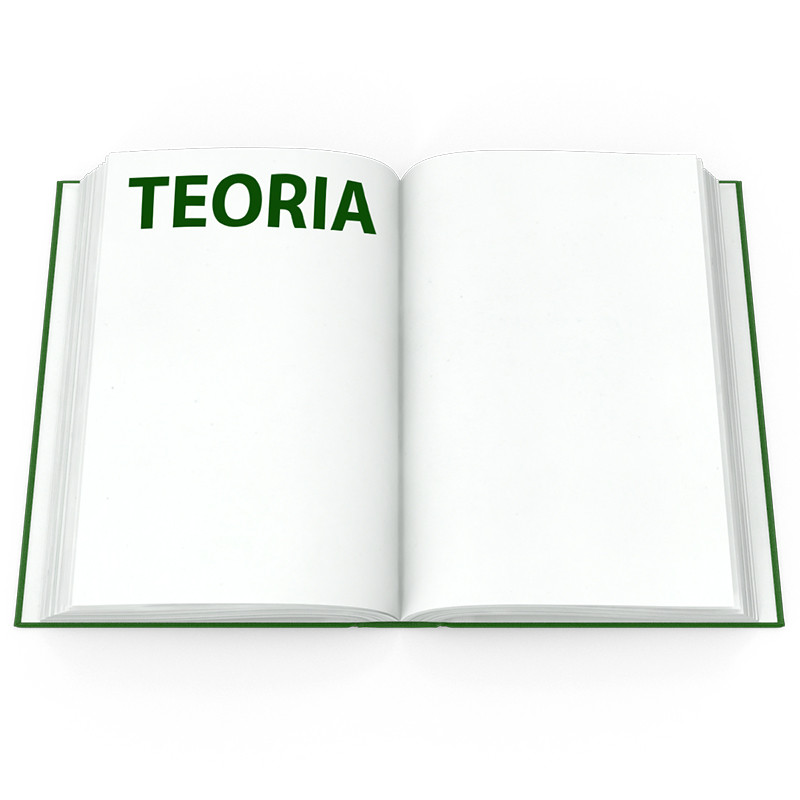

Category


Photos are for informational purposes only. View product specification
please use latin characters
W zagadnieniach dotyczących przechowywania energii dwa główne parametry mają fundamentalne znaczenie: gęstość energii i gęstość mocy. Pierwszy parametr definiuje ilość energii, jaka może być przechowywana w danej objętości. Gęstość mocy natomiast definiuje sposób w jaki ta energia może być zmagazynowana w urządzeniu. Im większa jest jej wartość, tym krótszy jest czas ładowania i rozładowania. Idealne urządzenie do przechowywania energii powinno więc oferować wysoką gęstość energii i wysoką gęstość mocy. Niestety taki kompromis jest trudny do osiągnięcia.
Superkondensatory firmy LSMtron oferują dziś rozwiązanie tego problemu. Są kompromisem pomiędzy bateriami i konwencjonalnymi kondensatorami. Pozwalają na zastosowanie nowych rozwiązań w dziedzinie przechowywania energii, nawet biorąc pod uwagę to, że gęstość energii jest wciąż niższa niż w konwencjonalnych bateriach.
Niedogodnością tej technologii może być niskie napięcie pracy pojedynczego elementu. Waha się ono w granicy 2,5 – 2,8V w zależności od wypełniającego elektrolitu. W celu uzyskania wyższego napięcia superkondensatory łączy się szeregowo w moduły (o napięciu nawet 750V). W pojazdach trakcyjnych na przykład, służą do zredukowania strat energii poprzez jej odzyskiwanie i magazynowanie podczas hamowania. Następnie jest ona wykorzystywana podczas ruszania lub gwałtownych przyspieszeń.
Ważną właściwością superkondensatorów jest żywotność. Producenci podają ją w latach (ok. 10 lat) lub w ilości cykli ładowania-rozładowania (1 milion). Jak łatwo zauważyć jest to trwałość co najmniej zadowalająca, która w porównaniu z tradycyjnymi bateriami robi duże wrażenie.
Właściwości superkondensatorów można przedstawić jako zalety i wady.
Zalety:
- zdolność do gromadzenia dużych wartości energii,
- krótki czas ładowania – rozładowania,
- trwałość nawet 1 000 000 cykli lub 20 lat,
- szeroki zakres temperatur -40°C do 65°C
- brak składników szkodliwych dla środowiska (ołowiu, kadmu, itp.),
- małe wymiary i objętości w stosunku do gromadzonej energii,
Wady:
- małe napięcie jednego elementu,
- wysoka cena w stosunku do konwencjonalnych baterii.
Aplikacje:
- pojazdy elektryczne (tramwaje, trolejbusy, samochody hybrydowe, wózki elektryczne itp.);
- pamięć rezerwowa (UPSy, urządzenia elektroniczne, telekomunikacja, przemysł wojskowy);
- systemy kondycjonowania mocy (DVR);
- urządzenie przenośne (laptopy, telefony komórkowe)
- odnawialne źródła energii (turbiny wiatrowe, ogniwa fotowoltaiczne)
Are you interested in this product? Do you need additional information or individual pricing?
W zagadnieniach dotyczących przechowywania energii dwa główne parametry mają fundamentalne znaczenie: gęstość energii i gęstość mocy. Pierwszy parametr definiuje ilość energii, jaka może być przechowywana w danej objętości. Gęstość mocy natomiast definiuje sposób w jaki ta energia może być zmagazynowana w urządzeniu. Im większa jest jej wartość, tym krótszy jest czas ładowania i rozładowania. Idealne urządzenie do przechowywania energii powinno więc oferować wysoką gęstość energii i wysoką gęstość mocy. Niestety taki kompromis jest trudny do osiągnięcia.
Superkondensatory firmy LSMtron oferują dziś rozwiązanie tego problemu. Są kompromisem pomiędzy bateriami i konwencjonalnymi kondensatorami. Pozwalają na zastosowanie nowych rozwiązań w dziedzinie przechowywania energii, nawet biorąc pod uwagę to, że gęstość energii jest wciąż niższa niż w konwencjonalnych bateriach.
Niedogodnością tej technologii może być niskie napięcie pracy pojedynczego elementu. Waha się ono w granicy 2,5 – 2,8V w zależności od wypełniającego elektrolitu. W celu uzyskania wyższego napięcia superkondensatory łączy się szeregowo w moduły (o napięciu nawet 750V). W pojazdach trakcyjnych na przykład, służą do zredukowania strat energii poprzez jej odzyskiwanie i magazynowanie podczas hamowania. Następnie jest ona wykorzystywana podczas ruszania lub gwałtownych przyspieszeń.
Ważną właściwością superkondensatorów jest żywotność. Producenci podają ją w latach (ok. 10 lat) lub w ilości cykli ładowania-rozładowania (1 milion). Jak łatwo zauważyć jest to trwałość co najmniej zadowalająca, która w porównaniu z tradycyjnymi bateriami robi duże wrażenie.
Właściwości superkondensatorów można przedstawić jako zalety i wady.
Zalety:
- zdolność do gromadzenia dużych wartości energii,
- krótki czas ładowania – rozładowania,
- trwałość nawet 1 000 000 cykli lub 20 lat,
- szeroki zakres temperatur -40°C do 65°C
- brak składników szkodliwych dla środowiska (ołowiu, kadmu, itp.),
- małe wymiary i objętości w stosunku do gromadzonej energii,
Wady:
- małe napięcie jednego elementu,
- wysoka cena w stosunku do konwencjonalnych baterii.
Aplikacje:
- pojazdy elektryczne (tramwaje, trolejbusy, samochody hybrydowe, wózki elektryczne itp.);
- pamięć rezerwowa (UPSy, urządzenia elektroniczne, telekomunikacja, przemysł wojskowy);
- systemy kondycjonowania mocy (DVR);
- urządzenie przenośne (laptopy, telefony komórkowe)
- odnawialne źródła energii (turbiny wiatrowe, ogniwa fotowoltaiczne)
Your review appreciation cannot be sent
Report comment
Report sent
Your report cannot be sent
Write your review
Review sent
Your review cannot be sent
